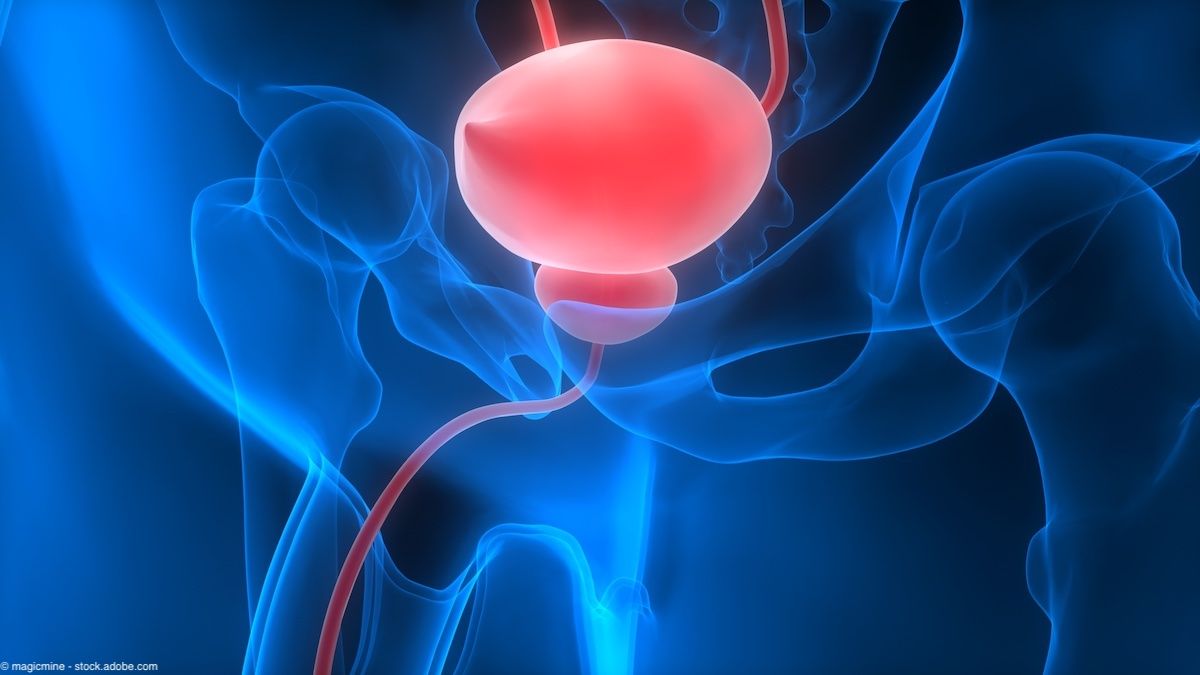Article
Relatives of vesicoureteral reflux patients at risk for related morbidity
Radiologically proven VUR was present in 11 mothers and seven fathers as well as in 36 second-degree relatives (aunts, uncles, grandparents) and 73 third-degree relatives (65 first cousins and eight great-aunts, -uncles or -grandparents) of 259 VUR patients in an Irish study.

Key Points

The Dublin Familial VUR study included data from first-, second-, and third-degree relatives of 259 index patients with grade III-V VUR. Between 1998 and 2010, parents of the index patients were asked for permission to screen siblings, and radiologically confirmed VUR was identified in 300 siblings. Then, parents of families with two or more affected siblings were contacted by phone and asked about history of VUR and associated morbidity affecting themselves or other family members.

'Important implications' for counseling
"The familial nature of VUR is well known, with a reported prevalence of 27% to 51% in siblings of index patients with VUR. In addition, the rate of transmission from a parent to a child is estimated to be between 31% and 66%. However, there is little information about the prevalence of VUR and of reflux-related morbidity in relatives of index patients with high-grade VUR," said co-author Manuela Hunziker, MD, of the National Children's Research Centre, Dublin, Ireland.
"This is the largest cohort of families with first-, second-, and third-degree relatives affected with VUR from one center worldwide, and it provides, for the first time, important information regarding the prevalence of VUR and reflux-related morbidity in these family members. The high prevalence of reflux-related morbidity is the most striking finding in our study, and we believe it has important implications for counseling. Parents of index patients with VUR should be warned of the increased rate of reflux in siblings and counseled regarding screening," added Dr. Hunziker, who presented the results at the 2011 American Academy of Pediatrics Section on Urology annual meeting in Boston.
Discussing the research, Andrew J. Kirsch, MD, told Urology Times that sibling screening for VUR has gone from being recommended to controversial to uncommon.
"A recent analysis of VCUGs that were performed for primary VUR at our institution between 2005 and 2010 documented 'sibling screening' as an indication in only 2% of cases, and the latest iteration of the AUA reflux guidelines does not support sibling screening cystography unless there is evidence of scarring on renal sonography (an option for screening) or history of UTI in the sibling," said Dr. Kirsch, clinical professor and chief of pediatric urology at Emory University School of Medicine, Atlanta.
While prior studies did not make a direct correlation between the grade of VUR in index patients and their siblings, the results from Dublin provide new data to support screening siblings when the index child has moderate to high-grade VUR, Dr. Kirsch noted.
"The finding of a maternal link to VUR is also intriguing and may be helpful in advancing the search for the gene(s) responsible for familial VUR. Our ability to effectively intervene to prevent reflux-related morbidity for the siblings and extended family members remains a viable avenue of further clinical research," he said.
Newsletter
Stay current with the latest urology news and practice-changing insights — sign up now for the essential updates every urologist needs.








Pediatric urinary microbiome composition is associated with recurrent UTI

Pediatric urinary microbiome composition is associated with recurrent UTI
2 Commerce Drive
Cranbury, NJ 08512
All rights reserved.






